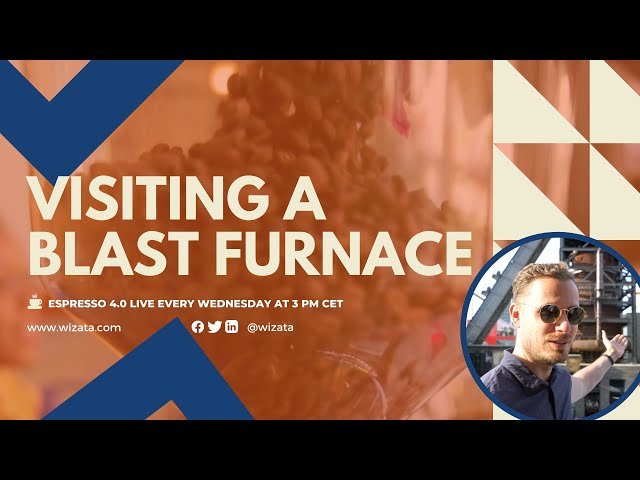![]() Espresso 4.0 by
Espresso 4.0 by
Wizata
This is a special episode of Espresso 4.0, visiting a blast furnace in Luxembourg, the city of Belval. The pinnacle and the very sole reason Luxembourg has experienced such a boom in industry and economy was its steel industry in the 1970s.
We saw small pieces of iron ore, known as Minette, and saw a difference in color between the ones rich in silica and those rich in lime. Also, we saw a blast furnace and went through the tapping process - when the melted iron is released and how the difference in densities is used to direct it.
Blast furnaces are not almost machines but living things, and they should be taken care of as such. If you try to cheat and don’t treat it well, you are in a trouble. Also, since it is working 24 hours a day, you require three shifts of people to manage it. And all these people need to do the same thing, harmonize.
The steel mill in Belval was closed in 1997. Were there any noticeable changes in the way things operate in the industry?
Blast furnace people are very conservative regarding new technologies and changes. It is because before making any changes, we must ensure they are working properly. Because blast furnace processes hundreds of tons per day.
But things have changed. Measuring simple parameters would cost a lot of money and would probably stop the production line. Nowadays, you have two sensors, and you’re done.



